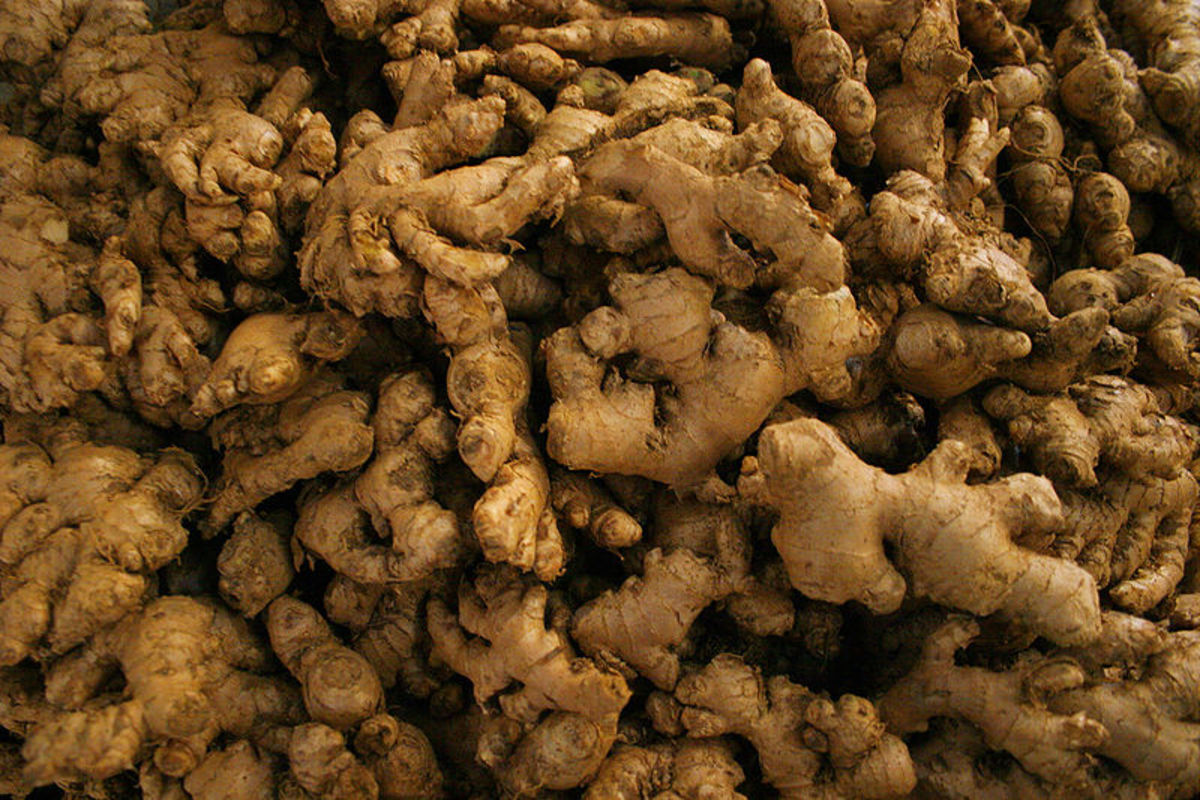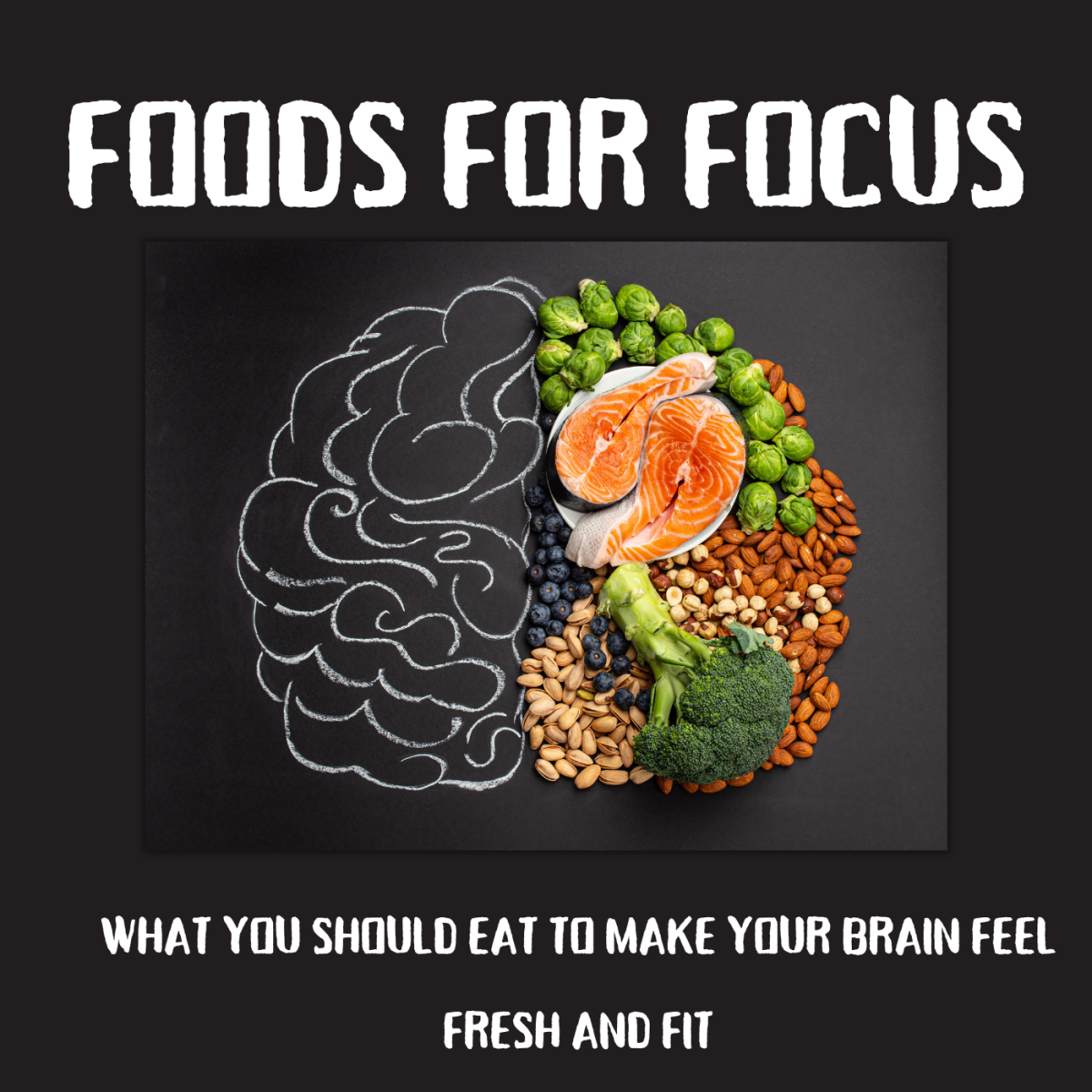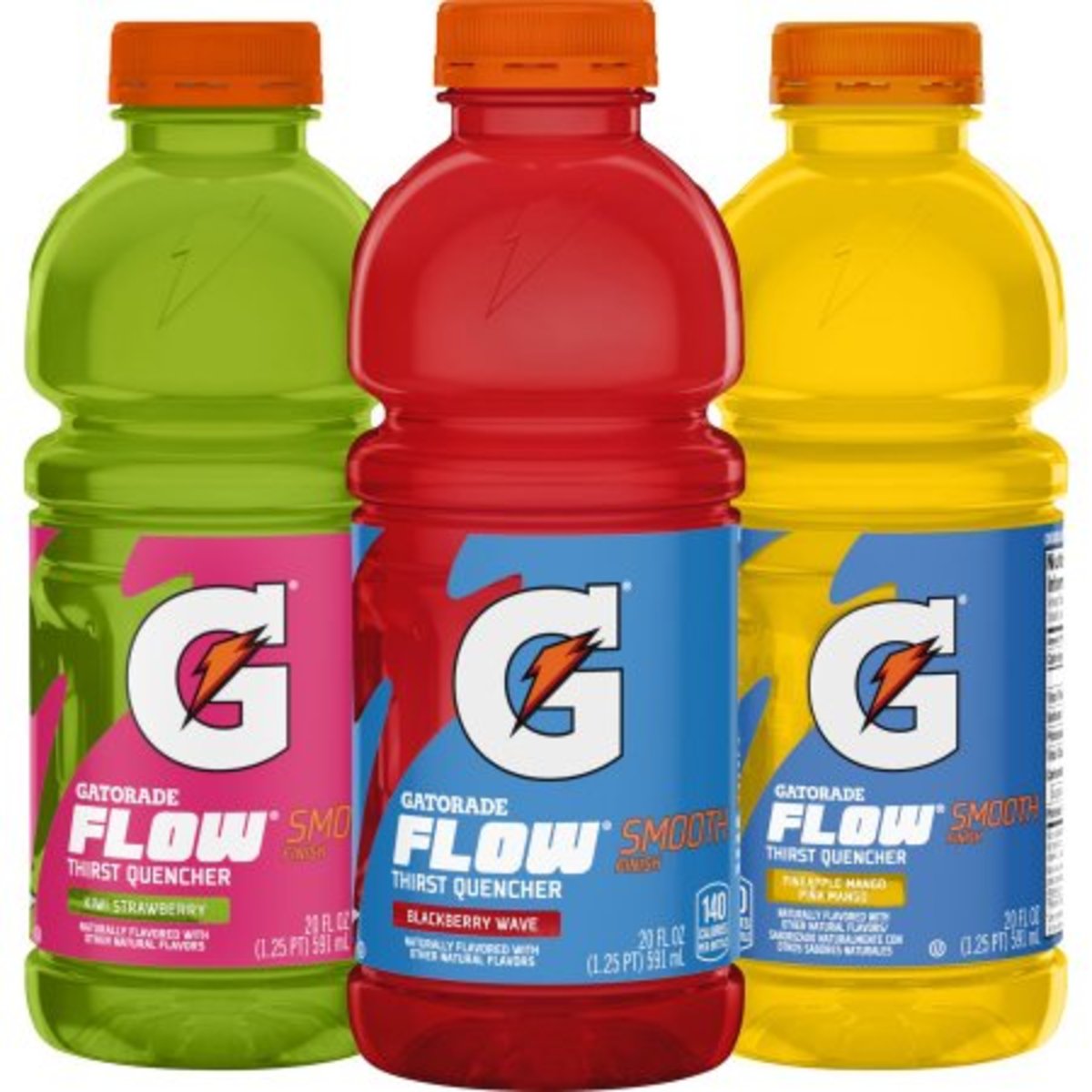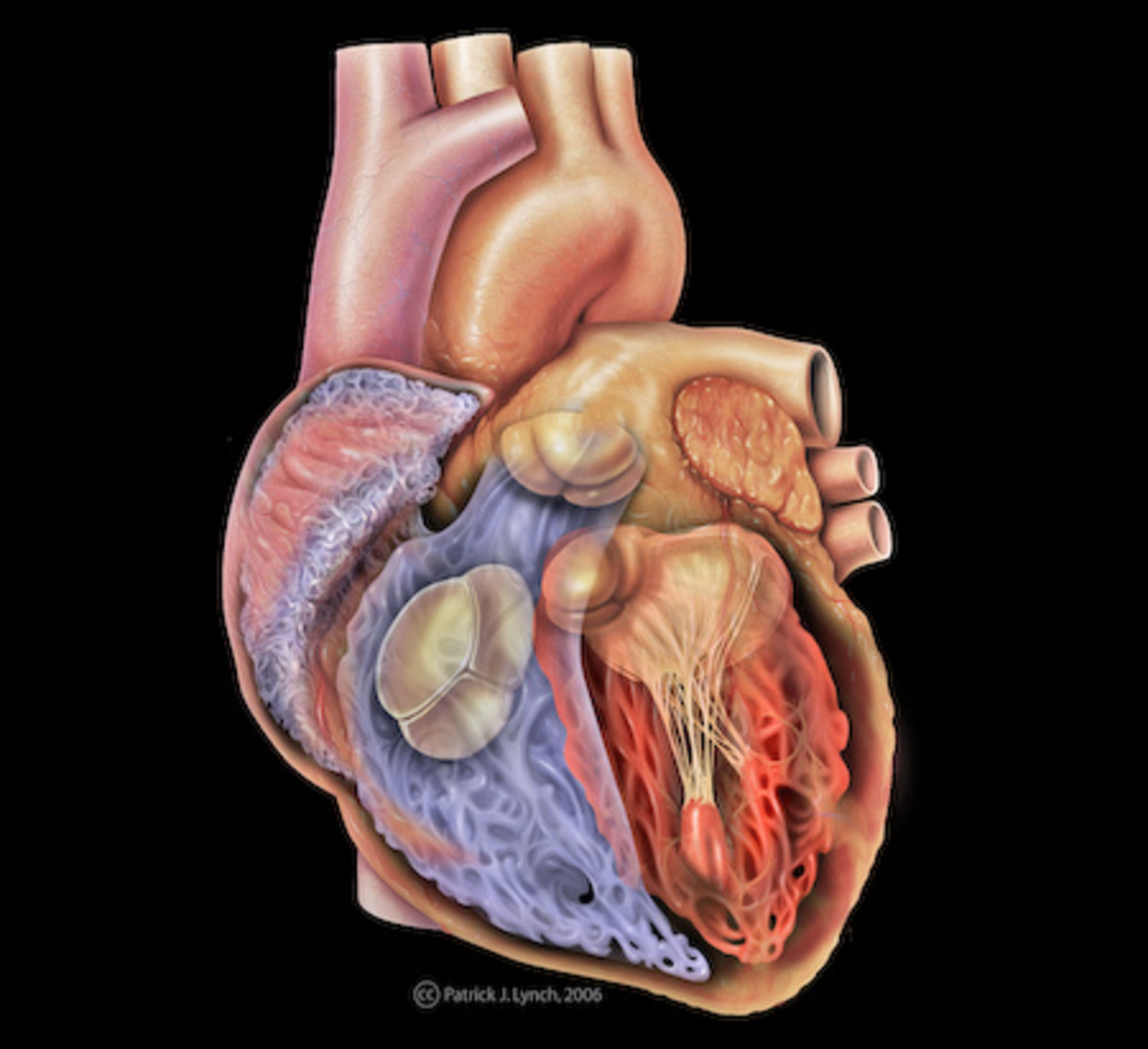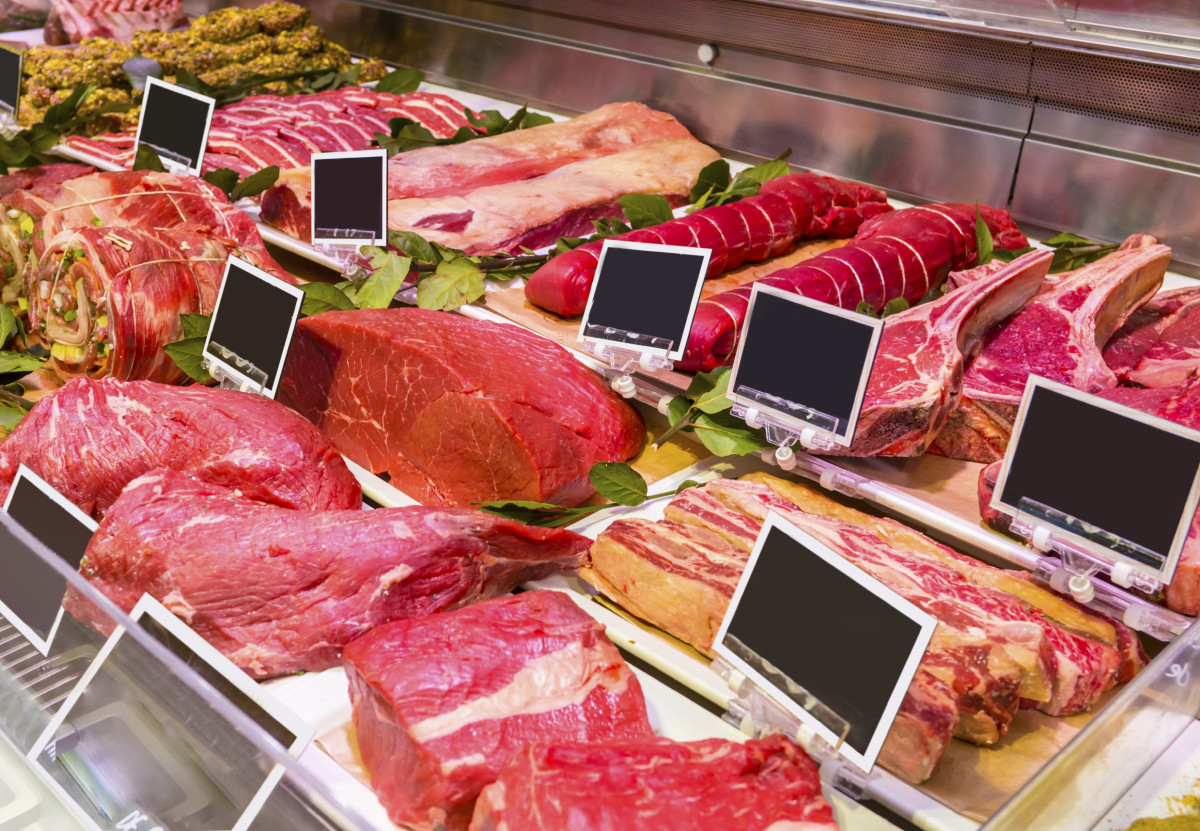Top 8 Natural Foods High in Vitamin D for Calcium Absorption & for Healthy Bones & Teeth (2018)
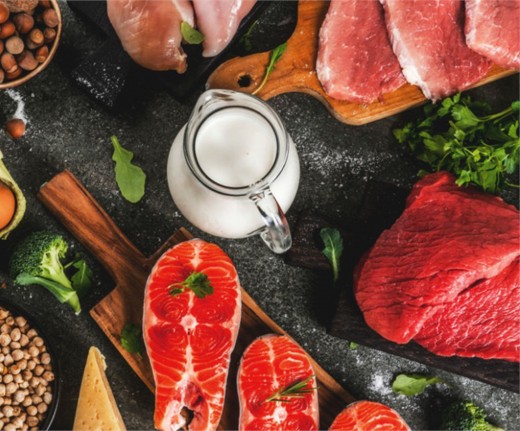
8. Whole Milk
Whole milk is a great vitamin D source. In 32 grams or 1/4 of a cup, there is 159 calories, 9 grams of total fat, 31 milligrams of cholesterol, 119 milligrams of sodium, 12 grams of total carbohydrates, 12 grams of sugar and 8 grams of protein. For vitamins and minerals, there is 293 IU of vitamin A (6% of daily value), 2.8 milligrams of vitamin C (5% of daily value), 99.8 IU of vitamin D (25% of daily value), .2 milligrams of vitamin E (1% of daily value), .6 micrograms of vitamin K (1% of daily value), .1 milligrams of thiamin (6% of daily value), .4 milligrams of riboflavin (23% of daily value), .2 milligrams of niacin (1% of daily value), .1 milligrams of vitamin B6 (5% of daily value), 11.8 micrograms of folate (3% of daily value), 1 microgram of vitamin B12 (17% of daily value), .7 milligrams of pantothenic acid (7% of daily value) and 38.2 milligrams of choline.
For the minerals in one serving of milk, there is 292 milligrams of calcium (29% of daily value), .2 milligrams of iron (1% of daily value), 27.2 milligrams of magnesium (7% of daily value), 248 milligrams of phosphorus (25% of daily value), 426 milligrams of potassium (12% of daily value), 1.1 milligrams of zinc (7% of daily value) and 5.2 micrograms of selenium (7% of daily value). There is also 65.3 milligrams of the omega-3 fatty acids along with 147 milligrams of the omega-6 fatty acids. Consuming vitamin D with calcium is the way to go for the best health benefits. If you're lactose intolerant, one great alternative is soymilk. Like regular milk, soymilk is available in different flavors.
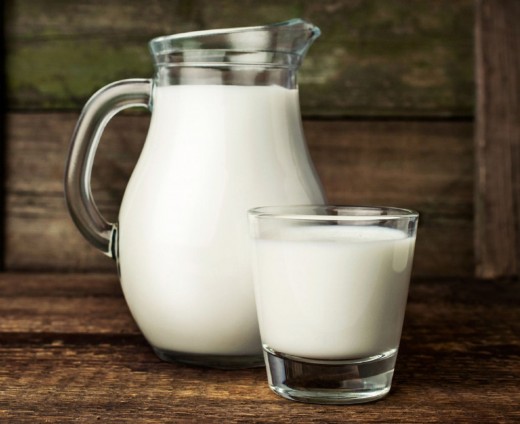
7. Soymilk
In 1 cup (243 grams) of soymilk, there are 73 calories, 2 grams of total fat, 117 milligrams of sodium, 9 grams of total carbohydrates, 1 gram of dietary fiber, 6 grams of sugar and 6 grams of protein. For vitamins, there is 496 IU of vitamin A (10% of daily value), 114 IU of vitamin D (29% of daily value), .1 milligrams of thiamin (6% of daily value), .5 milligrams of riboflavin (29% of daily value), 21.9 micrograms of folate (5% of daily value) and 2.4 micrograms of vitamin B12 (41% of daily value).
For minerals, there are 299 milligrams of calcium (30% of daily value), 1 milligram of iron (6% of daily value), 36.4 milligrams of magnesium (9% of daily value), 211 milligrams of phosphorus (21% of daily value), 284 milligrams of potassium (8% of daily value), .6 milligrams of zinc (4% of daily value) and 5.6 micrograms of selenium (8% of daily value). Not only does soymilk provide sufficient nutrition stemming from B vitamins, vitamin A and vitamin D per serving, it's a great beverage for weight loss.
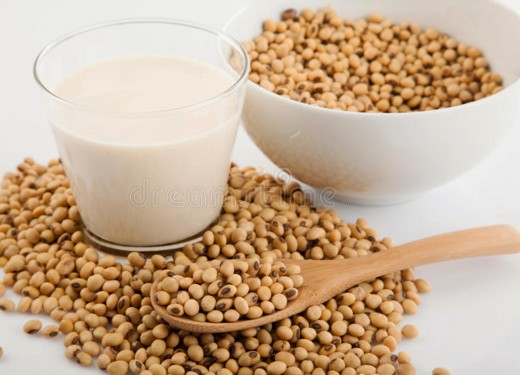
6. Oysters
In 100 grams of eastern, wild oysters, there are 68 calories, 2 grams of total fat, 53 milligrams of cholesterol, 211 milligrams of sodium, 4 grams of total carbohydrates and 7 grams of protein. For vitamins, there is 100 IU of vitamin A (2% of daily value), 3.7 milligrams of vitamin C (6% of daily value), 320 IU of vitamin D (80% of daily value), .9 milligrams of vitamin E (4% of daily value), .1 milligrams of thiamin (7% of daily value), .1 milligrams of riboflavin (6% of daily value), 1.4 milligrams of niacin (7% of daily value), .1 milligrams of vitamin B6 (3% of daily value), 10 micrograms of folate (2% of daily value), 19.5 micrograms of vitamin B12 (324% of daily value), .2 milligrams of pantothenic acid (2% of daily value) and 65 milligrams of choline.
For minerals, there are 45 milligrams of calcium (4% of daily value), 6.7 milligrams of iron (37% of daily value), 47 milligrams of magnesium (12% of daily value), 135 milligrams of phosphorus (14% of daily value), 156 milligrams of potassium (4% of daily value), 90.8 milligrams of zinc (605% of daily value), 4.5 milligrams of copper (223% of daily value), .4 milligrams of manganese (18% of daily value) and 63.7 micrograms of selenium (91% of daily value). For fatty acids, there are 672 milligrams of the omega-3 fatty acids and 58 milligrams of the omega-6 fatty acids.
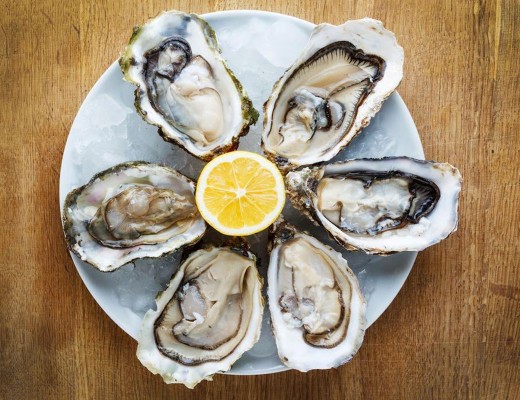
5. Sardines
In 1 cup (149 grams) of Atlantic sardines, there are 310 calories, 17 grams of total fat, 212 milligrams of cholesterol, 752 milligrams of sodium and 37 grams of protein. If bought in the store as the canned version, be sure to drain the juice to help limit the amount of sodium. For vitamins, there is 161 IU of vitamin A (3% of daily value), 405 IU of vitamin D (101% of daily value), 3 milligrams of vitamin E (15% of daily value), 3.9 micrograms of vitamin K (5% of daily value), .1 milligrams of thiamin (8% of daily value), .3 milligrams of riboflavin (20% of daily value), 7.8 milligrams of niacin (39% of daily value), .2 milligrams of vitamin B6 (12% of daily value), 17.9 micrograms of folate (4% of daily value), 13.3 micrograms of vitamin B12 (222% of daily value), 1 milligram of pantothenic acid (10% of daily value) and 127 milligrams of choline.
For minerals, there are 569 milligrams of calcium (57% of daily value), 4.4 milligrams of iron (24% of daily value), 58.1 milligrams of magnesium (15% of daily value), 730 milligrams of phosphorus (73% of daily value), 592 milligrams of potassium (17% of daily value), 2 milligrams of zinc (13% of daily value), .3 milligrams of copper (14% of daily value), .2 milligrams of manganese (8% of daily value) and 78.5 micrograms of selenium (112% of daily value). For fatty acids, there are 2,205 milligrams of the omega-3 fatty acids and 5,280 milligrams of the omega-6 fatty acids for each serving size. If you don't like sardines or anchovies, just stick to eating cheese. Cheese is another good source of vitamin D.
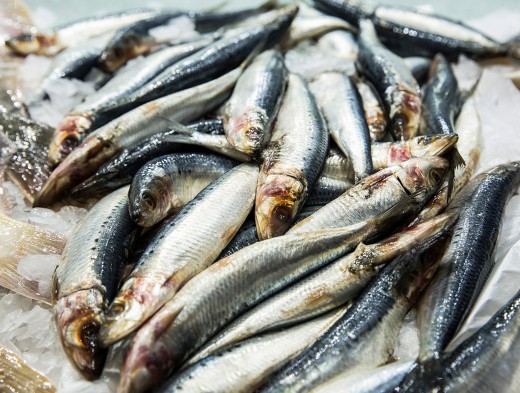
4. Mackerel
In 1 fillet (112 grams) serving size of Atlantic mackerel, there are 230 calories, 16 grams of total fat, 78 milligrams of cholesterol, 101 milligrams of sodium and 21 grams of protein. For vitamins, there is 187 IU of vitamin A (4% of daily value), .4 milligrams of vitamin C (1% of daily value), 403 IU of vitamin D (101% of daily value), 1.7 milligrams of vitamin E (9% of daily value), 5.6 micrograms of vitamin K (7% of daily value), .2 milligrams of thiamin (13% of daily value), .3 milligrams of riboflavin (21% of daily value), 10.2 milligrams of niacin (51% of daily value), .4 milligrams of vitamin B6 (22% of daily value), 9.8 micrograms of vitamin B12 (163% of daily value), 1 milligram of pantothenic acid (10% of daily value) and 72.8 milligrams of choline.
For minerals, there are 13.4 milligrams of calcium (1% of daily value), 1.8 milligrams of iron (10% of daily value), 85.1 milligrams of magnesium (21% of daily value), 243 milligrams of phosphorus (24% of daily value), 352 milligrams of potassium (10% of daily value), .7 milligrams of zinc (5% of daily value), .1 milligrams of copper (4% of daily value) and 49.4 micrograms of selenium (71% of daily value). There are also 2,991 milligrams of the omega-3 fatty acids and 245 milligrams of the omega-6 fatty acids.
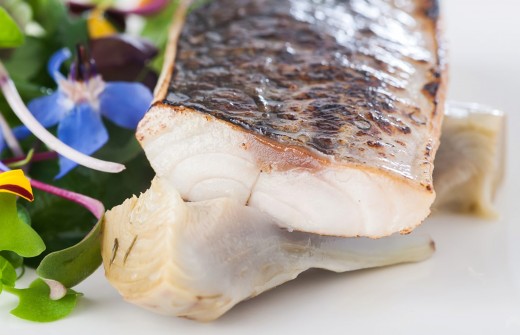
3. Canned Salmon
In one 100 gram serving size of canned salmon with bones and liquid, there are 139 calories, 6 grams of total fat, 2 grams of saturated fat, 55 milligrams of cholesterol, 554 milligrams of sodium and 20 grams of protein. For vitamins, there is 57 IU of vitamin A (1% of daily value), 624 IU of vitamin D (156% of daily value), .6 milligrams of vitamin E (3% of daily value), .2 milligrams of riboflavin (11% of daily value), 6.5 milligrams of niacin (33% of daily value), .3 milligrams of vitamin B6 (15% of daily value), 15 micrograms of folate (4% of daily value), 4.4 micrograms of vitamin B12 (73% of daily value), .5 milligrams of pantothenic acid (5% of daily value) and 87.8 milligrams of choline.
For minerals, there are 213 milligrams of calcium (21% of daily value), .8 milligrams of iron (5% of daily value), 34 milligrams of magnesium (8% of daily value), 329 milligrams of phosphorus (33% of daily value), 326 milligrams of potassium (9% of daily value), .9 milligrams of zinc (6% of daily value), .1 milligrams copper (5% of daily value) and 33.2 micrograms of selenium (47% of daily value). For fatty acids, there are 1,757 milligrams of the omega-3 fatty acids and 58 milligrams of the omega-6 fatty acids per each serving size.
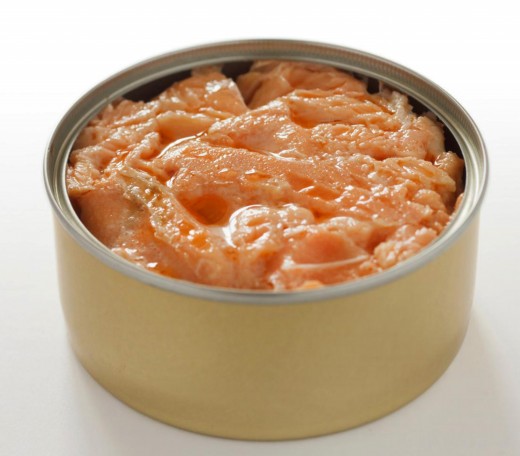
2. Fish Oil from Cod Liver
In one ounce (28 grams) of fish oil from cod liver, there are 253 calories, 28 grams of fat, 6 grams of saturated fat and 160 milligrams of cholesterol. There is no protein or sugar in this liquid. For vitamins, there is 28,004 IU of vitamin A (560% of daily value) and 2800 IU of vitamin D (700% of daily value). There are no minerals at all in this liquid as well. For fatty acids, there are 5,526 milligrams of the omega-3 fatty acids and 262 milligrams of the omega-6 fatty acids. Although the liquid is considered high in saturated fat and cholesterol, it's still one of the best sources available for vitamin D. If an individual is experiencing a vitamin A deficiency, this liquid is another great source to acquire that specific vitamin. 1 ounce (28 grams) isn't even necessary. In 1 teaspoon (4 grams), there is 450 IU of vitamin D (113% of daily value).
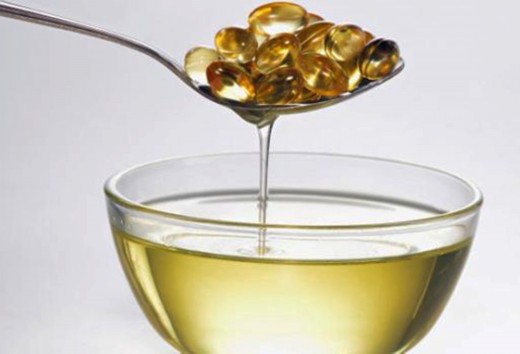
1. Herring
Herring is one of the best sources of vitamin D. In 1 fillet (184 grams) of Atlantic herring, there are 291 calories, 17 grams of total fat, 110 milligrams of cholesterol, 166 milligrams of sodium and 33 grams of protein. For vitamins, there is 171 IU of vitamin A (3% of daily value), 1.3 milligrams of vitamin C (2% of daily value), 2,996 IU of vitamin D (749% of daily value), 2 milligrams of vitamin E (10% of daily value), .2 milligrams of thiamin (11% of daily value), .4 milligrams of riboflavin (25% of daily value), 5.9 milligrams of niacin (30% of daily value), .6 milligrams of vitamin B6 (28% of daily value), 18.4 micrograms of folate (5% of daily value), 25.2 micrograms of vitamin B12 (419% of daily value), 1.2 milligrams of pantothenic acid (12% of daily value) and 120 milligrams of choline.
For minerals, there are 105 milligrams of calcium (10% of daily value), 2 milligrams of iron (11% of daily value), 58.9 milligrams of magnesium (15% of daily value), 434 milligrams of phosphorus (43% of daily value), 602 milligrams of potassium (17% of daily value), 1.8 milligrams of zinc (12% of daily value), .2 milligrams of copper (8% of daily value), .1 milligrams of manganese (3% of daily value) and 67.2 micrograms of selenium (96% of daily value). There are also 3,181 milligrams of the omega-3 fatty acids along with 239 milligrams of the omega-6 fatty acids.
In conclusion, whole milk, soymilk, sardines, canned salmon, fish oil from cod liver, herring, oysters and mackerel are all terrific sources of vitamin D overall. In general, fish and different types of milk have a lot of vitamin D. Research conducted at accredited American universities showed that over 1,000 IU is the recommended target amount for all individuals each day. However, medical healthcare professionals may argue that 1,000 IU is more than enough for inactive people because vitamin D is a fat-soluble vitamin, which means it will be stored in the body if too much is consumed. Vitamin D can be acquired by simply standing or sitting out in the sun for fifteen to twenty minutes each day. However, not every U.S. state sees enough sunshine. Symptoms of vitamin D overdose include headaches, calcium deposits, nausea, diarrhea and even high blood pressure. If you are lactose intolerant, consume foods such as salmon, herring, clams and sardines. For individuals, who know they aren't out in the sun often enough each week, are also lactose intolerant and dislike seafood, try taking a multi-vitamin supplement each day.
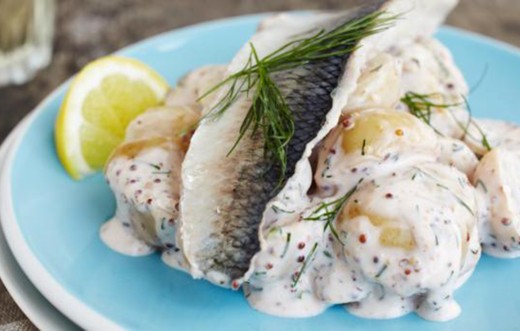
References
Bauer, J. (2005). The complete idiot's guide to total nutrition (4th ed.). New York, New York: Penguin Group.
Keller, L. (2000). The men's health hard-body plan: the ultimate 12-week program for burning fat and building muscle. Emmaus, Pennsylvania: Rodale, Inc.
Raw nutrition facts & calories. (2014). SELFNutritionData. Retrieved from http://nutritiondata.self.com/
Personal Preferences
Which high vitamin D food is your most favorite?
© 2018 James Foglio

